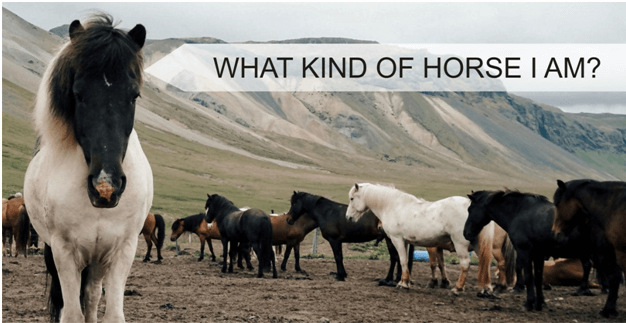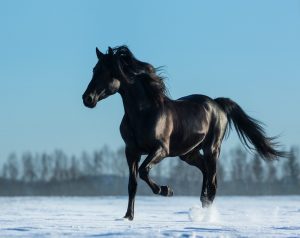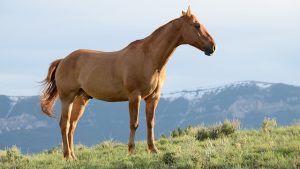One fact that could actually fascinate us about our horses and that we are interested to know about is their colors and the meaning behind this. We may wonder if colors can tell which breed our horses belong if colors signify special abilities our horses have if colors make our horses unique from the rest and many more ifs that we cannot help ourselves but to get going and learn more things about our passion and love for horses.
There are mainly four basic colors across the different breeds of horses and the rest of the colors are variations of these and the white classified as no color. The combinations that we see in two or more colors of a horse are brought about by the pairing of genes at the molecular level and are still under careful research to validate a solid claim to explain this phenomenon in changes and existence of spots and colors seen in other horses.
The four basic colors of horses are bay, brown, black and chestnut. And all the other horse colors are sorrel, palomino, buckskin or dun, cream, gray, dapple gray, grullo, blue roan, red roan, appaloosa, paint, and pinto.
Horse colors may also vary with patterns called roan, dapples, tabiano, overo, and appaloosa patterns which are categorized as leopard appaloosa or blanket appaloosa.
There are nearly a huge number of a horse of the same color but can be identified by the presence of what we call markings of which are termed as a star, snip, lip marks, white muzzle, stripe, blaze and bald. These are markings that are mostly found on the face area of the horse. Other markings can also be found on the horse’s legs and hooves such as coronet, partial pastern, pastern, sock, booth, stocking, zebra (stripes or bars), black points, black or blue hoof, striped hoof, and feathers. The rest of the marks are based on the presence of hair patterns, and/or dorsal and shoulder stripes.
Learning about these features your horse may have will actually excite you take a look and examine your horses as you read along and you will find this entertaining to find something or identify these colors, patterns, and markings that will help you appreciate your horse more than ever before. It is like the joy of having to learn and discover what your baby boy or girl actually possesses.
THE FOUR BASIC HORSE COLORS
1. BAY COLORED HORSES
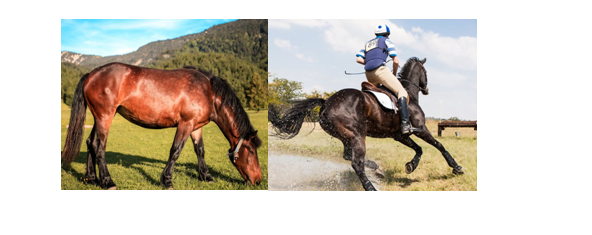
The bay colored horses are the most common color variation of horses. It is a reddish-brown to a dark brown or dark bay color accompanied by black points that of which points refers to the mane, tail, and lower leg.
2. CHESTNUT COLORED HORSES
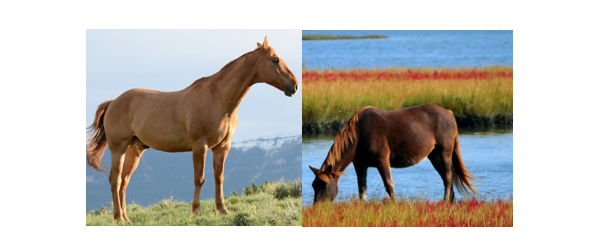
The chestnut-colored horses are also a common color to almost all breeds of horses that varies from light reddish-brown to dark brown without the black color of main, tails, and lower leg. Instead, the color is the same and sometimes only lighter or darker at some points.
3. BROWN COLORED HORSES
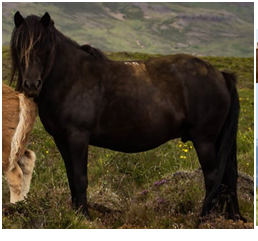
Brown colored horses are basically brown like the chocolate without the color of black and red. Most of the time, brown-colored horses are mistaken to be black colored horses due to a slight difference in color variations.
4. BLACK COLORED HORSES
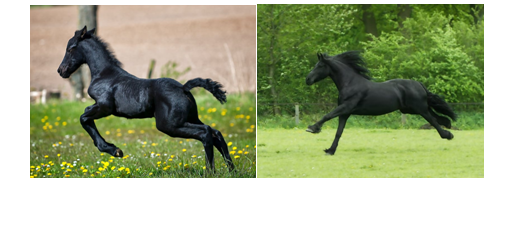
Black is a rare color among horses. This is the color of Frederick the Great who had the title of “Most handsome horse” in 2016. Black horses also thrive among the most expensive breeds of horses in the world.
OTHER COLOR VARIATIONS OF HORSES
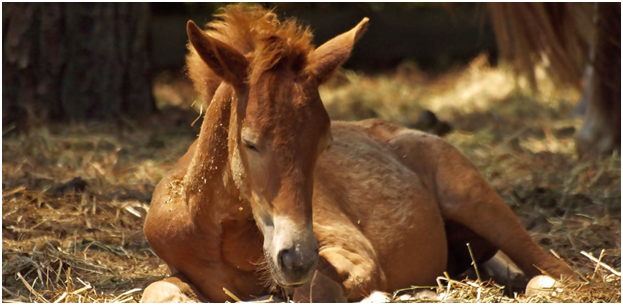
Sorrel is the most common shade of chestnut. It is a reddish-tan to red coat color of a horse typical in a new penny.
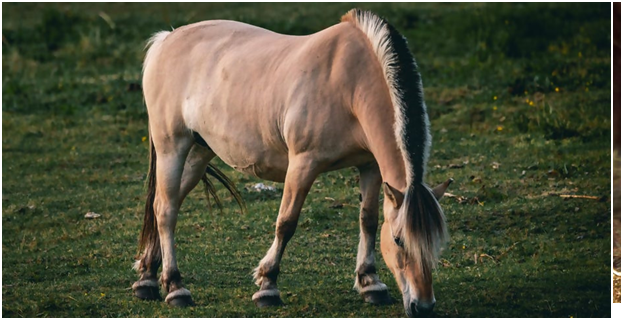
Buckskin is a bay colored horse that is combined with or fades to the cream gene or lighter colors but maintaining the black points.
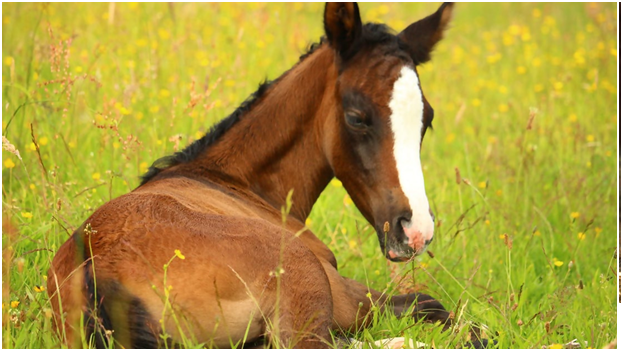
Dun is like the buckskin color but has a reddish or brownish hue.
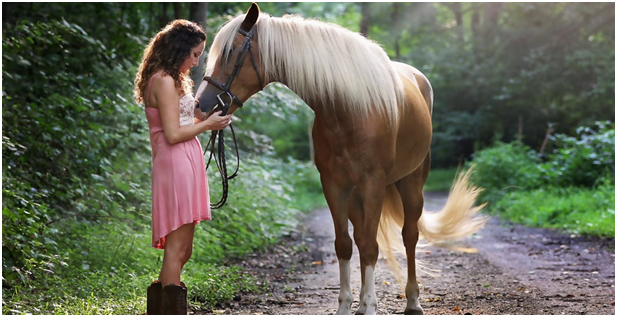
Palomino, on the other hand, is a golden colored horse that is the opposite of buckskin and dun. This color of horses does not have the black points instead it has a white mane, tail, and legs.
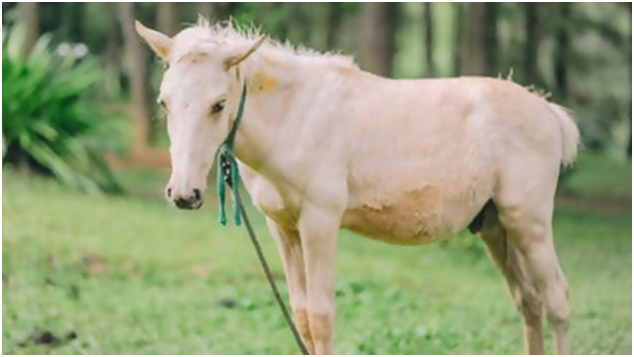
Cream-colored horses are basically the combination of cream genes diluted with bay, chestnut, and brown colors giving the horse a lighter shade.
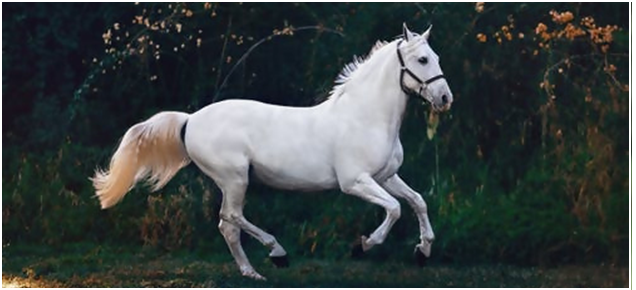
Gray-colored horses are commonly called white, but there is no truly white-colored horse.

Dapple Gray has distinct white spots visible on the horse’s body. If this has black points like the one shown in the photo it can also be called a Blue Roan. The red roan is the same only that the difference is the spots are reddish and not black or white/gray and the mane, tail, and legs are white and not black.
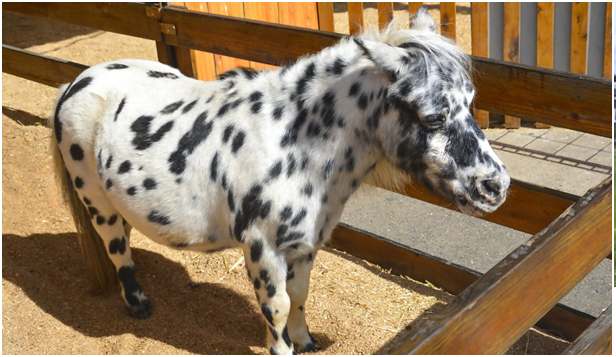
Appaloosa often has patterns like leopard or blanket. The difference is that a blanket appaloosa has a white spot covering the rump while the leopard has black spots on white as shown in the photo above.
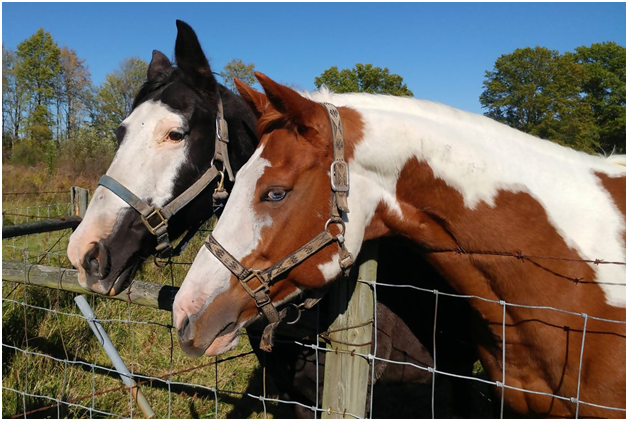
Paint vs Pinto. These colors of horses are the same in terms of having a large spot of color combinations around the horse body. The only difference is that paint is what we call it if the horse, in particular, belongs to the breed of quarter or thoroughbred lineage. The Pinto on other hand is the color combination for other horse breeds.
Tabiano and Overo patterns differ in their placement of large color spots. Tabiano patterns cross over the top part while Overo does not cross the top part of the horse’s body.
OTHER IDENTIFIABLE MARKINGS OF A HORSE’S COAT
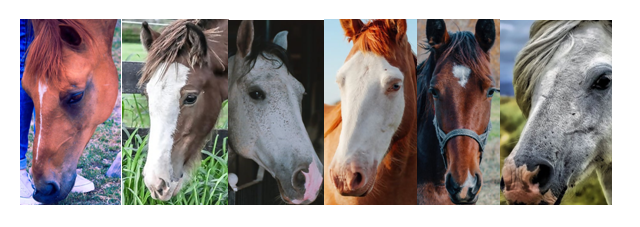
From left to right these patterns or markings are named as Stripe, Blaze, Snip, Bald, Star, and white mizzle. As shown on these set of photos, you can see a variety of patterns or markings on each of the horse’s faces. This pattern helps in identifying lost horses. It is good to know about these features your horse has to help you out as well in identifying who is who among your horses of the same color.
It is believed that genetics play a big role in the unique combination of these colors every newborn pony has and scientist and equine vets are in continuous study to comprehensively explain how this works starting from the conception, development, and growth of horses. Environmental changes, especially climate change also plays a big role in the mutation of distinct characteristics of our horses that is why our experts just keep on studying the effects of these changes to better understand and address concerns regarding our horses.
THE BENEFIT OF KNOWING THESE HORSE’S COLORS AND MARKINGS
Clearly, you would not want to lose your beloved horse somewhere and mistaken another horse as your lost horse for not knowing exactly what color and marking features your horse has in the first place. Now that you have this knowledge it best advice that you take a photo of your horse’s whole body, back, left and right side, the face and other markings you see and make a registry chart of your own especially when you have more than one horse of the same color. Doing this may save you a lot of hardship in finding and verifying your ownership over a lost horse.
Aside from the benefit of easily identifying and proving your ownership over a lost and found horse, You can also find that you will enjoy having to name your horse based on their markings perhaps if you own a good number of horses, their distinct colors and marking would help you identify your horse especially if one of these horse needs to get treated or be quarantined, you are sure you are treating the right horse based on the recorded combination of their colors and markings. You will never have to mistakenly inject a wrong horse for a wrong med for instance.
Basically, the following data of charting or recording a horse’s identity may include but not limited to the following;
- Breed
- Sex
- Height
- Approximate birth date
- Color – e.g. Dark brown that shows dapples with a Summer coat
- All identifiable horse markings
- Hoof colors
- The direction of mane growth (right side, left side or split)
- Mane and tail color(s)
- Swirls- number and direction
- Scars or old injuries
- Any white saddle sore marks
- Brand
- Tatoo
- ID chip
And Lastly, one identifiable marking that a horse has which is unique from other horses is called the chestnut. These markings are in the same way be likened to a human’s fingerprint And knowing this could actually be a good benefit to your horse’s advantage.
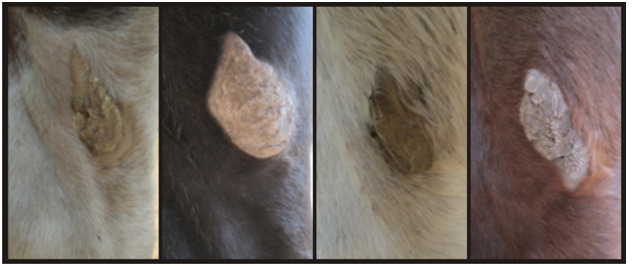
These photos show four different chestnuts from four different horses and you can easily distinguish the differences in each of them. With the combined details of your horse color, pattern, marking hairstyle, height and etc. You will notice that no horses are exactly the same as to humans are, even twins have distinct features/s to tell the difference and now you won’t have to worry as you can easily make your horse identifiable once it gets lost.
